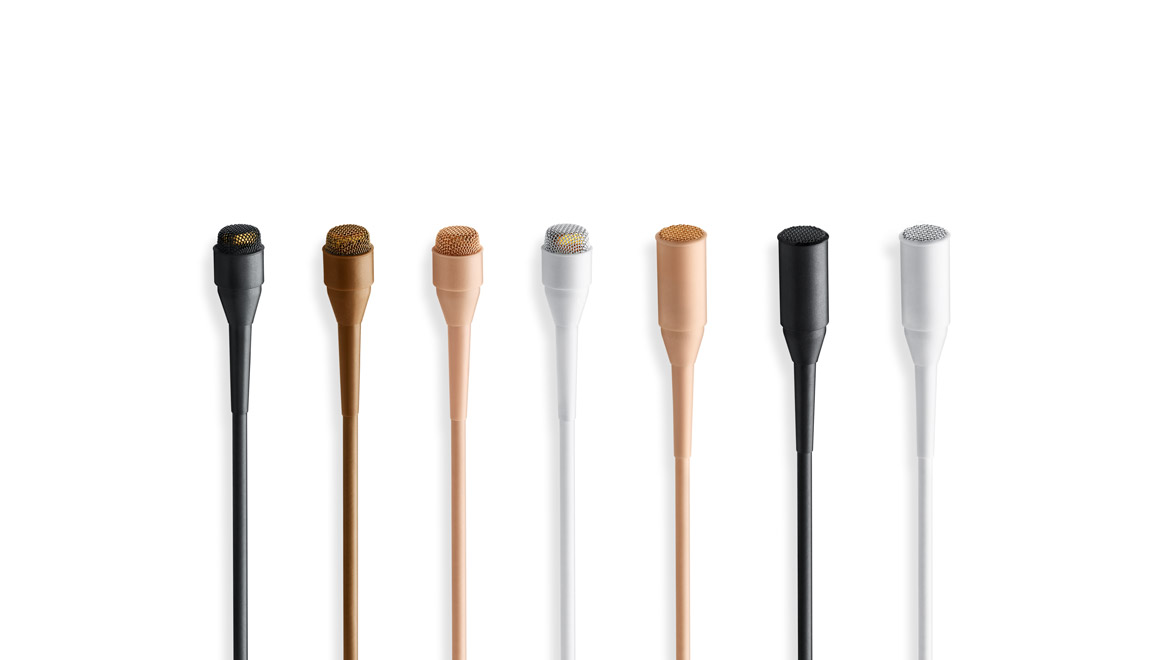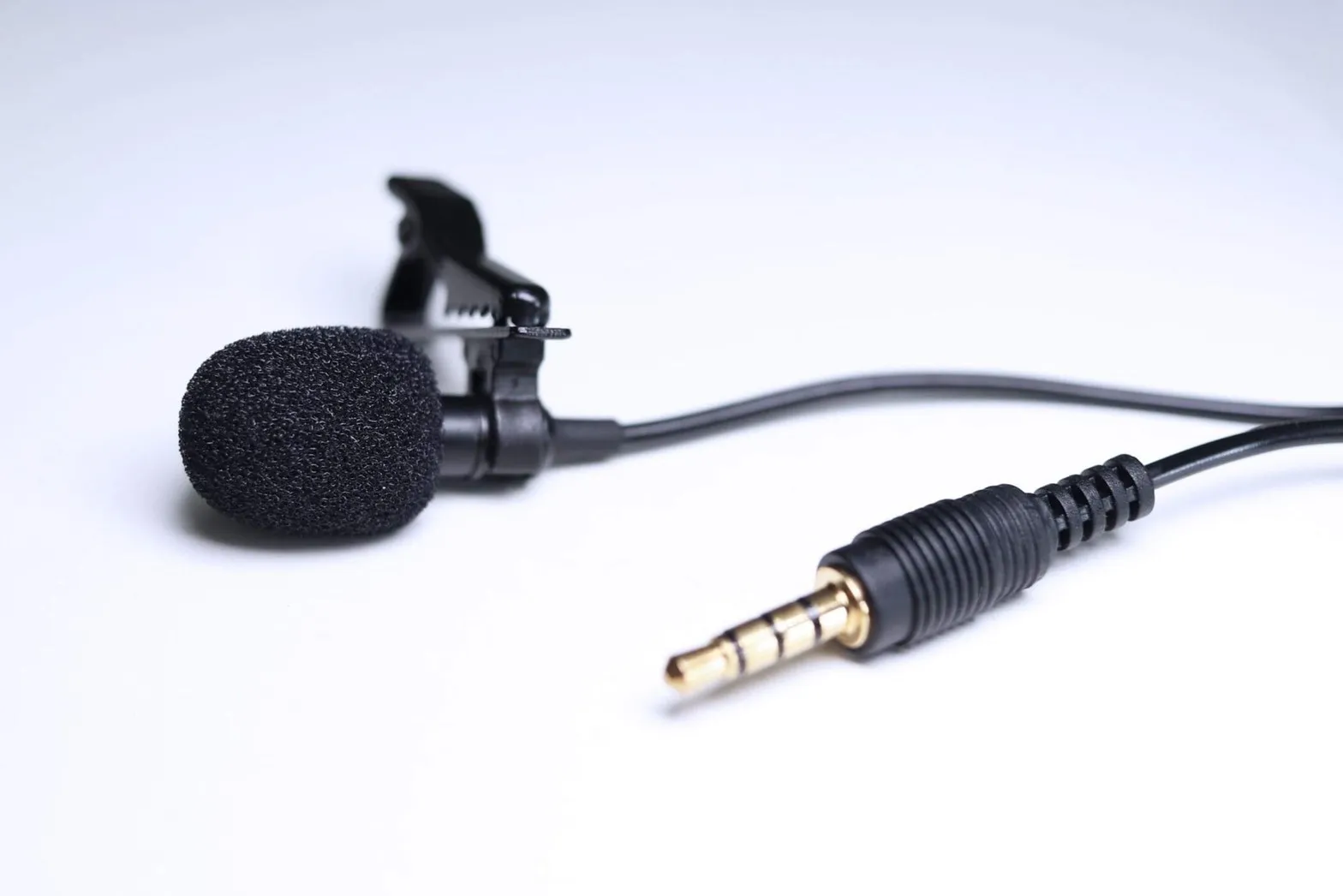In the world of audio recording, the omnidirectional microphone stands out for its ability to capture sound from all directions. This versatility makes it an invaluable tool for various applications, from live performances and conference calls to field recordings and podcasts. However, the vast array of options available can make choosing the right one a daunting task. This article aims to guide you through the process, ensuring you find the perfect omnidirectional microphone for your needs.
Understanding Omnidirectional Microphones
What Makes Them Unique
Omnidirectional microphones are designed to pick up sound equally from all angles. Unlike directional microphones that capture sound from a specific direction, omnidirectional mics do not discriminate on sound source location. This characteristic is particularly useful in environments where sound is coming from multiple directions, or the microphone cannot be precisely positioned towards the sound source.
Ideal Use Cases
Due to their unique sound capture capabilities, omnidirectional microphones excel in situations where ambient sound is crucial. They are perfect for recording round-table discussions, capturing the atmosphere in live recordings, or any scenario where you want to collect a rich mix of sounds from the environment. They are also favored for their lack of the “proximity effect” – a common issue with directional microphones where bass frequencies get exaggerated as the sound source gets closer to the mic.
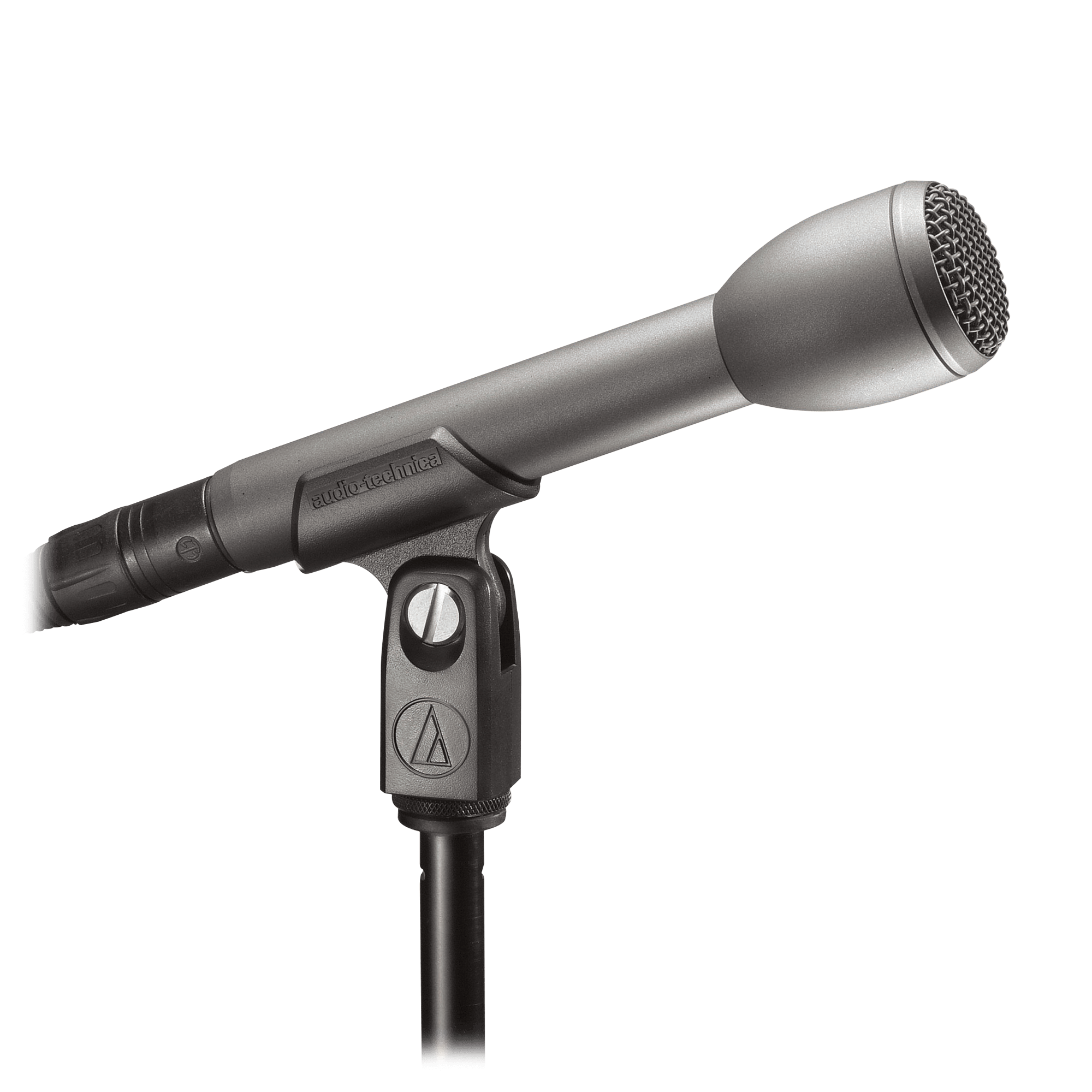
Key Features to Consider
Frequency Response
The frequency response of a microphone dictates how well it can reproduce the sounds of different frequencies. A flat frequency response is generally desired for the most natural sound reproduction, but certain applications might benefit from mics with tailored frequency responses. It’s essential to consider what sounds you’ll be recording most often and select a microphone that can accurately capture those frequencies.
Sensitivity and Noise Levels
Sensitivity refers to how well the microphone converts sound pressure into an electrical signal. A highly sensitive microphone is crucial for capturing quiet sounds from a distance but could be prone to picking up unwanted background noises. It’s also important to look at the microphone’s self-noise or the white noise that the mic produces itself. A lower self-noise level is critical for professional-quality recordings.
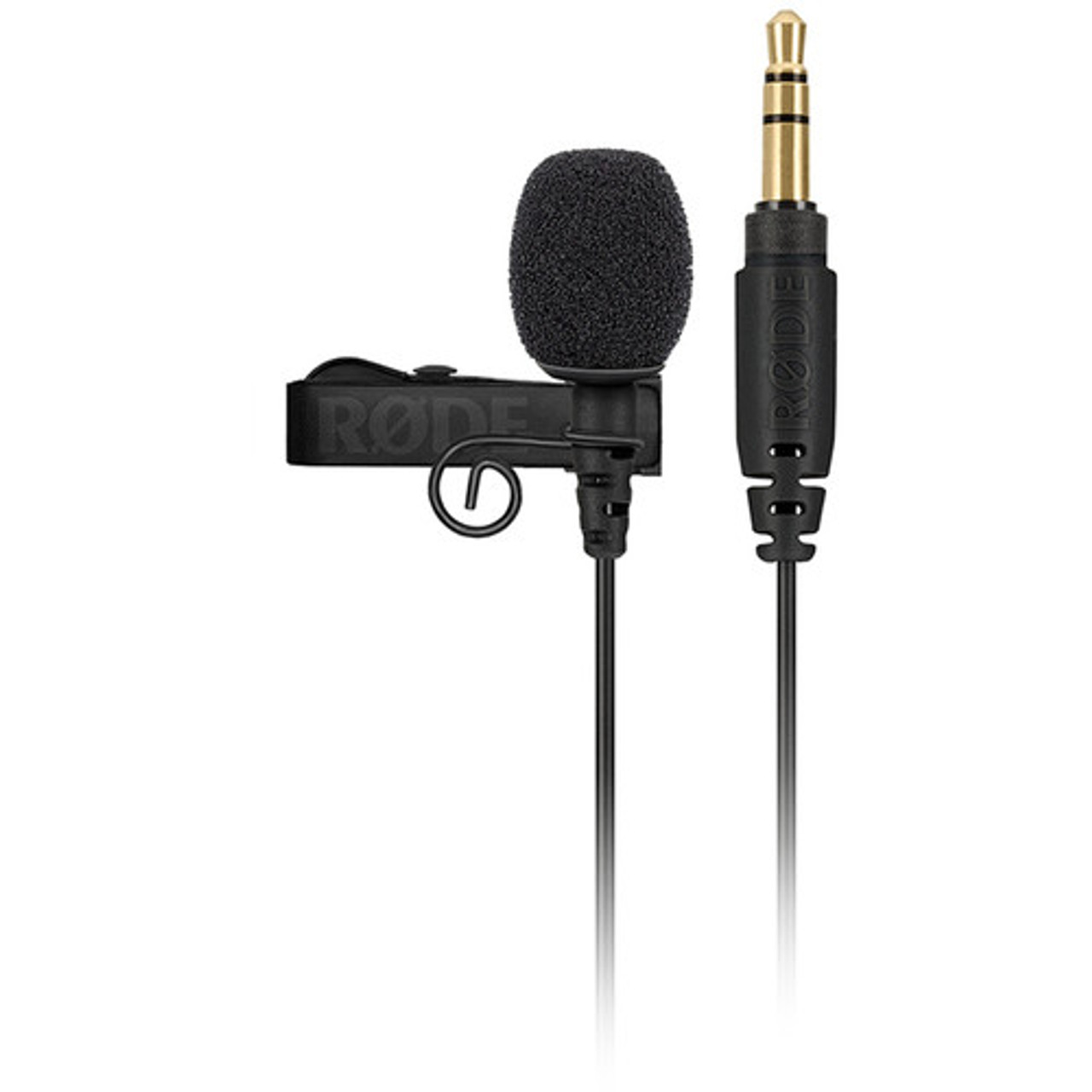
Durability and Portability
Build Quality
A well-constructed microphone not only lasts longer but can also provide better sound quality. Metal bodies are typically more durable than plastic, offering better protection for the internal components. Additionally, some omnidirectional microphones come with protective features like shock mounts and windshields, which are essential for field recordings.
Size and Weight
If you plan to use your microphone on the go, size and weight become significant factors. A compact and lightweight microphone is easier to transport and can be mounted on a variety of stands or even handheld. Consider your mobility needs and check if the microphone’s design suits your portable or stationary setup.
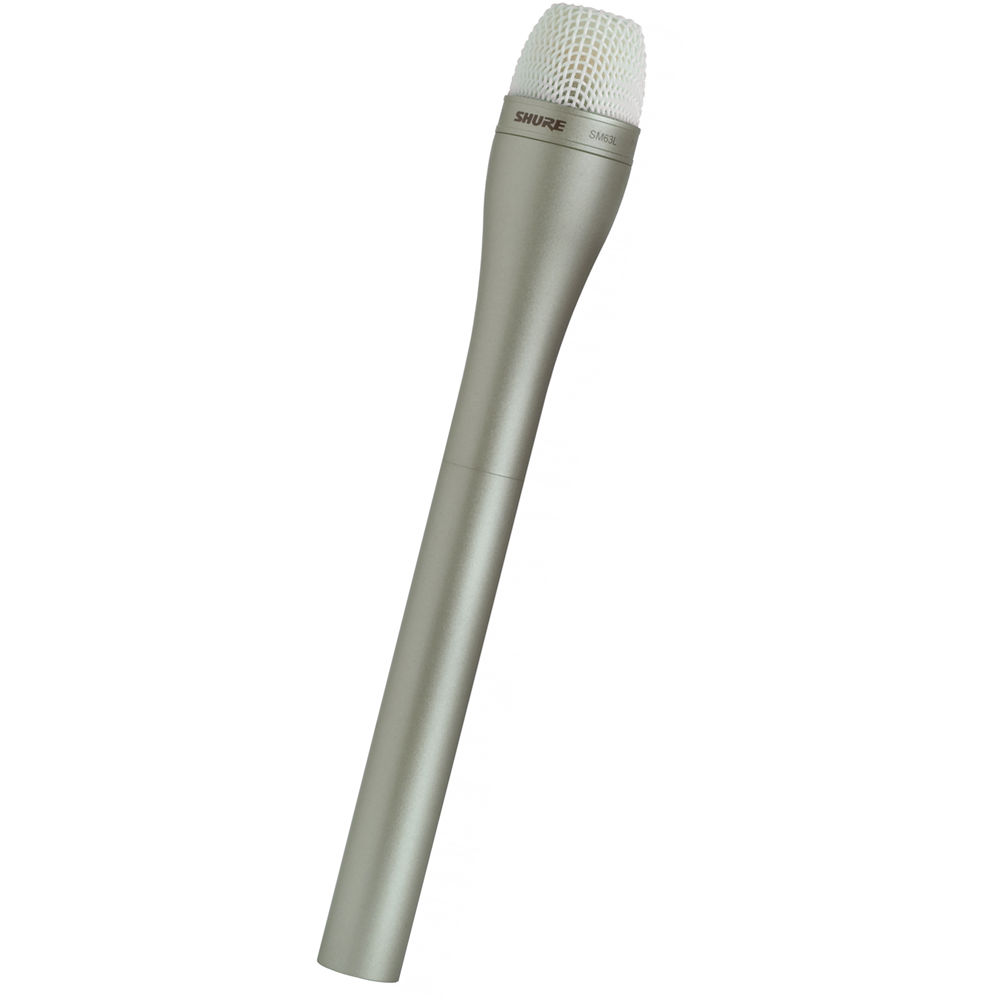
Price and Brand Reputation
Setting a Budget
Omnidirectional microphones come in a broad price range, catering to hobbyists and professionals alike. It’s important to set a budget early on but also to consider the microphone’s application. While it might be tempting to go for a cheaper option, investing in a higher-quality microphone can significantly enhance your recordings’ quality.
Researching Brands
Some brands are renowned for their high-quality audio equipment, including omnidirectional microphones. Researching and reading reviews from trusted sources can give insight into a microphone’s performance and reliability. Consider brands with a good track record and customer support, as this can be invaluable if you encounter issues down the line.
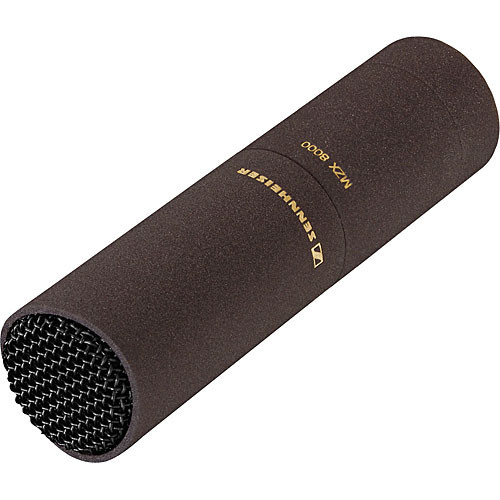
Testing and Trials
Importance of Hands-On Experience
While online reviews and specifications can provide a lot of information, nothing beats the hands-on experience. If possible, test the microphone in a store or borrow it from a friend. Pay attention to how it feels, how it captures sound in a real environment, and whether it meets your specific needs.
Seeking Professional Opinion
For more significant investments, seeking advice from professionals in audio production can be extremely beneficial. They can offer insights based on extensive experience with different microphones in various recording environments. Don’t hesitate to ask questions in online forums or local communities where experts can share their recommendations.
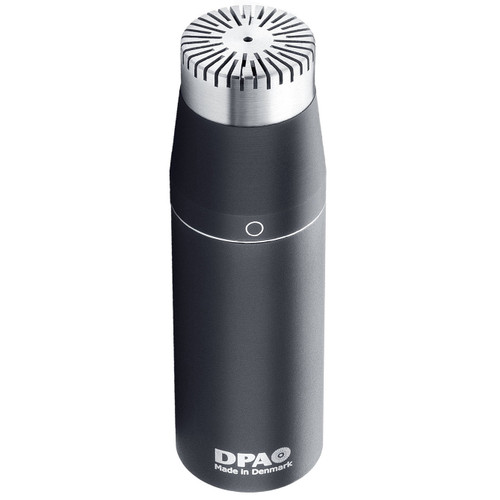
Embracing Versatility in Usage
Adapting to Different Recording Environments
A major advantage of choosing an omnidirectional microphone is its inherent versatility across various recording environments. However, understanding how to maximize its performance in different settings is crucial. For indoor recordings, be mindful of room acoustics. Soft furnishings can minimize echo, ensuring clear and rich sound capture. Outdoors, wind screens become indispensable, protecting your recordings from unwanted noise. Familiarizing yourself with these adjustments ensures that your omnidirectional microphone performs optimally, irrespective of the location.
Experimentation Is Key
The omnidirectional microphone’s capacity to capture sound from every angle opens up a breadth of creative possibilities. Experimenting with positioning and distance can yield varied audio textures and layers, allowing for more dynamic and immersive recordings. For instance, placing the microphone closer to the sound source highlights details, while positioning it further away captures more of the environment’s ambiance. Engage in trial and error to discover unique setups that enrich your recordings, leveraging the microphone’s versatility to its fullest potential.
The Role of Post-Production
Enhancing Omnidirectional Recordings
While the innate quality of an omnidirectional microphone plays a pivotal role in capturing sound, post-production is where the magic truly happens. Equipping yourself with basic editing knowledge can substantially elevate the end product. Noise reduction tools can clean up unwanted background sound, equalization can balance the frequencies for clarity, and effects like reverb can add depth to the recordings. Regardless of the microphone’s price point or brand, a proficient touch in post-production can compensate for limitations and enhance strengths, showcasing the importance of skillful editing in achieving professional-grade audio.
Making the Final Choice
Selecting the perfect omnidirectional microphone involves a careful balance of technical specifications, practical considerations, and personal preferences. By understanding the unique attributes of omnidirectional microphones, considering key features like frequency response and sensitivity, assessing durability and portability requirements, setting a realistic budget, and gaining hands-on experience, you can make a well-informed decision that meets your specific needs. Remember, the right microphone can significantly elevate the quality of your recordings, making it a crucial investment for anyone serious about capturing sound.
